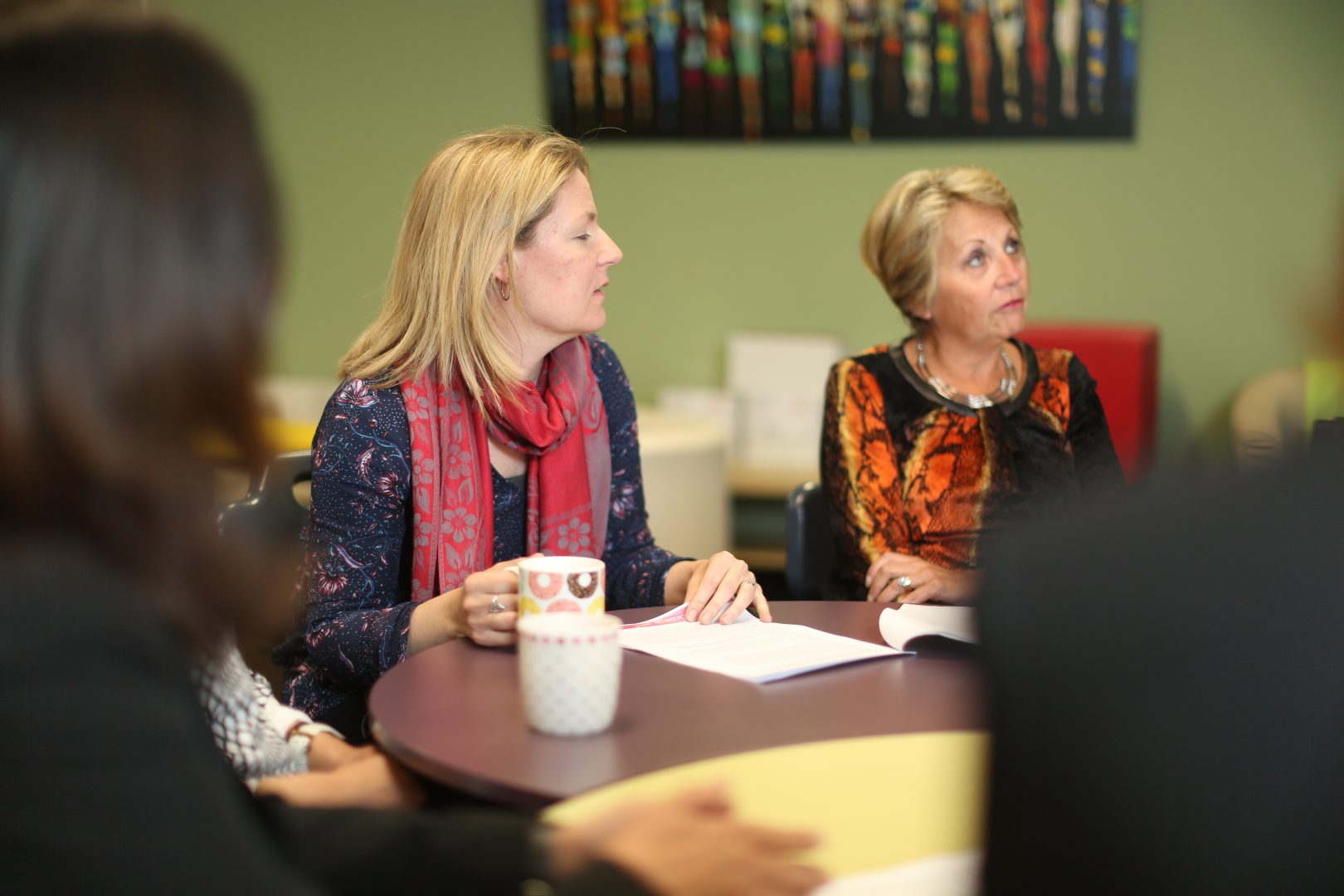Over the past few years I have had some interesting conversations about The “Resilience Doughnut” .
Some people just ring and ask “So what is this “Resilience Doughnut thing” I keep hearing about? and I smile (try not to groan) and happily explain the model as developed by Lyn Worsley.
But by far the funniest conversation was returning a call to a school principal one morning. Whilst passing on my name to his school secretary ….. “It’s Sue from the Resilience Doughnut – mobile number 0408 164 785.. …” . she burst out enthusiastically … “Oh that’s so fantastic! You must be from that new patisserie down the road – it’s serendipity as I need to order a birthday cake for……” DER!!…. Some days, you’ve just gotta laugh!
So if any of you readers also think the Resilience Doughnut is a local cake shop or Donut King franchise, can I just give you an outline of the model and how it builds resilience in kids, parents, families and organisations …and I’ve gotta tell you, it’s just terrific!
Why is the model called a Resilience “ Doughnut”?
Many years ago, after working as a Clinical psychologist, Lyn Worsley developed a simple and practical resilience-building tool that can be easily used by anyone, including young people themselves. It is called the Resilience Doughnut and is outlined in her book, “The Resilience Doughnut: The Secret of Strong Kids”.
Quite simply, the Resilience Doughnut looks just like a doughnut and has two parts:
1. The hole in the middle represents the INTERNAL beliefs a person has of themselves:
- their awareness of those who support them (who I have).
- how they view themselves (who I am)
- the degree of confidence they have in their own abilities (what I can do)
Research indicates that young people who have strong positive beliefs in each of these three areas are more likely to be resilient.
2. The outside of the doughnut is comprised of seven sections and each section represents an EXTERNAL FACTOR that is part of a person’s life.
The seven factors are:
- The Parent Factor: characteristics of strong and effective parenting
- The Skill Factor: evidence of self-competence
- The Family and Identity Factor: where family identity and connectedness is evident
- The Education Factor: experience of connections and relationships during the learning process
- The Peer Factor: where social and moral development is enhanced through interactions with peers
- The Community Factor: where the morals and values of the local community are transferred and the young person is supported
- The Money Factor: where the young person develops the ability to give as well as take from society through employment and purposeful spending
These seven factors each have the potential to enhance the positive INTERNAL beliefs within the person and thus help the individual to develop resilience. Interestingly, research shows most of the resilient individuals had only some, and not all, of these seven factors working well in their life and it seems that an ability to focus on the factors that are STRONG is a key aspect of a resilient individual.
So is this something new?
Yes it is really.
Past research has tended to focus on risk factors in the lives of young people who have become involved in health risk behaviours. In other words, efforts have been directed towards trying to understand why certain young people are NOT RESILIENT. While this notion is popular with professionals working individually with young people, it is not always useful for parents trying to raise their child effectively or the average teacher or school principal who wants to see their students cope with pressures inside and outside of school.
How does Lyn’s model reflect modern research?
More recently, research has focused on young people who ARE RESILIENT, despite the adversities they are facing. Australia psychologist Andrew Fuller defines resilience as “the happy knack of being able to bungy jump through the pitfalls of life”. You’ve probably heard that expression in recent years and a number of researchers have found that there are common qualities amongst those individuals who are able to ‘bungy jump’ through their pitfalls and keep thriving.
By drawing on such research, Lyn has developed a simple and practical resilience-building tool that can be easily used by anyone, including young people themselves. It is so simple for people to learn.
So how does the Doughnut work then?
Lyn designed a simple scoring method which enables individuals to score the strength of seven factors in the Resilience Doughnut.
These scores are then used to identify the THREE STRONGEST FACTORS, from which the individual gains messages that build or enhance their resilience. Once the strength factors are established, creativity can begin!
Lyn encourages people to think of ways they can use their strength factors in every day life, and work to make them even stronger.
Because the Resilience Doughnut is simple and effective to use, new ways of building resilience in children and adolescents can be discovered and applied in many different contexts. Teachers, students, parents, caring professionals or individuals who want to become more resilient in the face of adversity, find the Resilience Doughnut relevant, helpful and simple to use. The Resilience Doughnut is fun and creative and, at the very least, the process of working with the Resilience Doughnut has the potential to strengthen the human spirit and build a sense of hope and optimism.
So does that sound interesting? It is a simply fabulous model that really works.
And we can guarantee you won’t get fat on this Doughnut!






